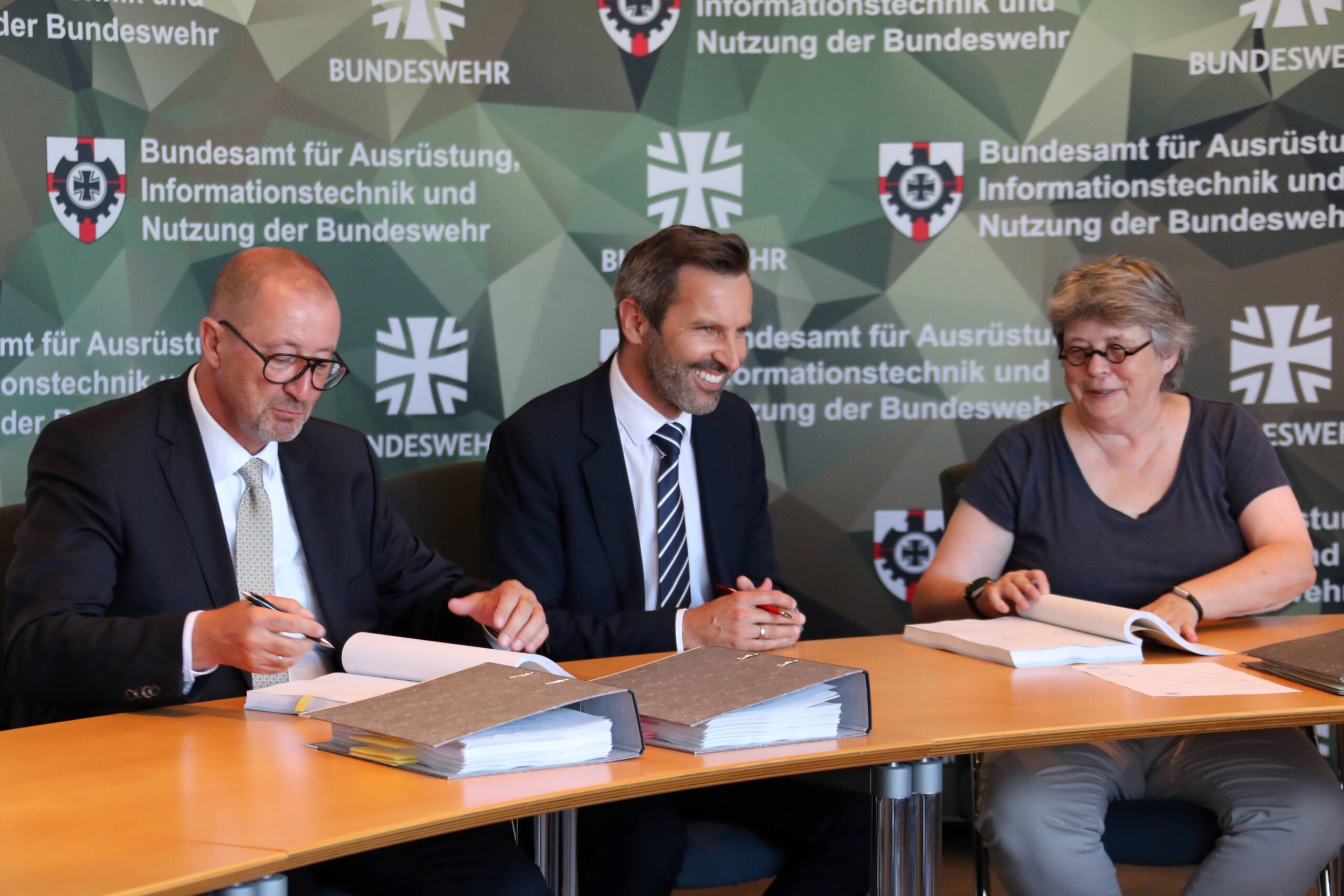Lionel Caillat, Vice President and General Manager of Commercial Fire, EMEA, Honeywell Building Technologies explores emerging technologies in the fire safety space
In this Innovator interview, Rebecca Spayne, Managing Editor for Fire Buyer is joined by Lionel Caillat, Vice President and General Manager of Commercial Fire, EMEA for Honeywell Building Technologies.
Could you give us a little background into who Honeywell is and the role you play in contributing to the fire industry?
Certainly. First, it’s nice to meet you, Rebecca, and thank you for having me. Honeywell is indeed a large company. When it comes to fire detection, Honeywell stands as one of the key global leaders, and we market through various brands in Europe. These are brands like Gent, Esser, Notifier, and we’ve been in this sector for many years.
How does Honeywell view this shift in the landscape of early fire detection and prevention in the UK?
Yes, it aligns very well with our vision. Our aim is to transition from fire detection to fire prevention, and the route to achieve this is by detecting fires as early as possible. With the new smokeless smoke detector technology, we can even detect conditions conducive to a fire before the fire actually ignites, preventing its occurrence. This aligns perfectly with our vision. We’ve introduced two main technologies for early fire detection. One, which we might discuss further, revolves around aspirating technology. There’s also a recent innovation specifically for lithium-ion battery fire risks, which detects the risk of a fire before it starts.
In what types of environments are these technologies typically employed?
Our fire detection solutions are designed for buildings. So, essentially, any environment within buildings, ranging from small rooms to large halls and warehouses, is our domain. These solutions work effectively in all these settings.
Could you elaborate on the specifics of the technology behind these advanced detectors and how they might differ from traditional smoke alarms?
Certainly. With traditional smoke alarms, you’d have a smoke detector typically on the ceiling, waiting for smoke to fill the space and rise to be detected. There’s a lag between the fire starting, the smoke forming, and then gradually reaching the smoke detector. The two new technologies I alluded to earlier work differently. The first, aspirating technology, samples the air within the room to detect early signs of smoke, providing a much faster reaction time. You don’t have to wait for the smoke to rise. The other technology, specific to lithium-ion batteries, detects the off-gassing of these batteries before a fire ignites. It identifies the chemical reactions within the battery that indicate an impending fire risk, allowing preventative actions to be taken.
How are integrated systems contributing to a more comprehensive solution for buildings and businesses?
That’s a crucial area of our development. When you examine buildings, they typically house different systems. There’s the fire detection system, the building management system overseeing comfort and energy expenditure, and often, a security system too. Integrating these systems provides several benefits. Firstly, it offers users a comprehensive view of the building’s status. As we transition from fire detection to prevention, the combined data from these systems can be used to identify conditions conducive to fires even before they arise. For instance, one might detect anomalies in the HVAC system, prompting a preliminary alarm to assess fire risk. This integration not only offers convenience but ensures compliance by providing all system data on a singular dashboard. Moreover, it presents intriguing possibilities in fire prevention.
How does the integration of these diverse systems enhance safety protocols and optimise operations for building users?
A significant advantage is ensuring compliance and the operational integrity of all systems. With fire detection, many countries have mandates on maintenance and regular sensor testing. Traditionally, compliance was demonstrated using analogue methods like paperwork. However, by converging these systems under one supervisory framework, we now have a digital record of all maintenance activities. This not only makes things more streamlined but also offers the end user a robust method to prove that all sensors are periodically tested and comply with the latest standards.
Are there other emerging trends in fire protection technology that businesses should be cognisant of?
We’re introducing another innovation in the UK in the forthcoming weeks: the industry’s first self-testing sensor. This is quite groundbreaking. Firstly, it drastically cuts down maintenance time. Rather than spending hours testing each sensor individually in a building, this process can now be completed within minutes. From a compliance perspective, it’s invaluable. Each sensor is self-tested, producing its own minuscule amount of smoke and verifying its functionality. Given challenges like the current shortage of skilled labour, such solutions are invaluable. We can ensure compliance with fewer personnel, making the self-testing sensor a pivotal innovation we’re currently rolling out…
To read the full article, see our issue library here.
Never miss a story… Follow us on:
International Fire Buyer
@Firebuyer
Fire Buyer
Media Contact
Rebecca Spayne Managing Editor, International Fire Buyer
Tel: +44 (0) 1622 823 920
Email: editor@firebuyer.com








